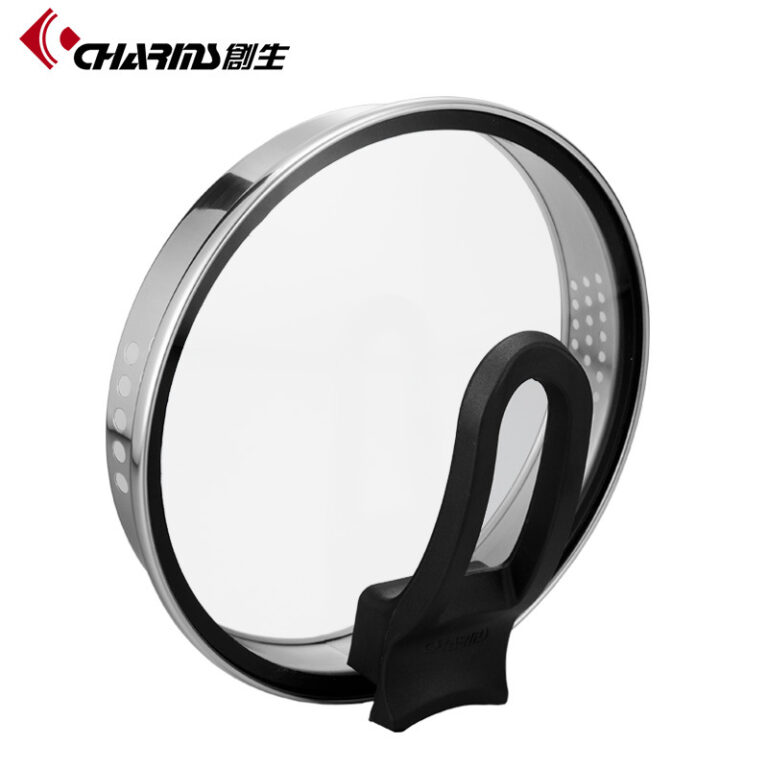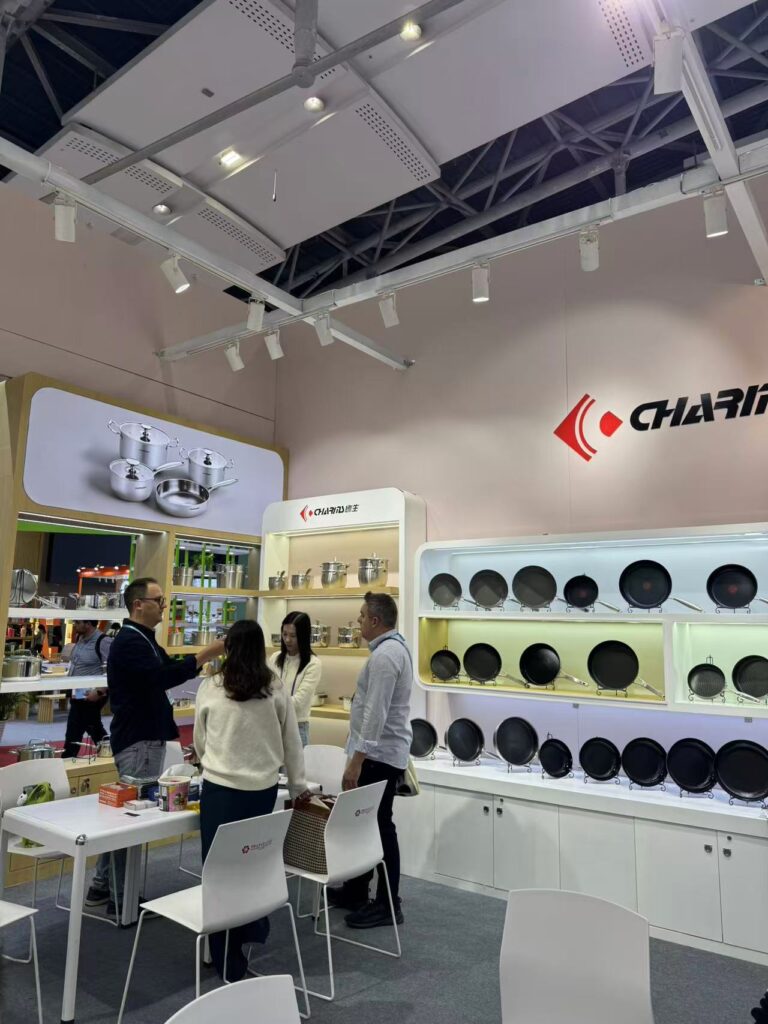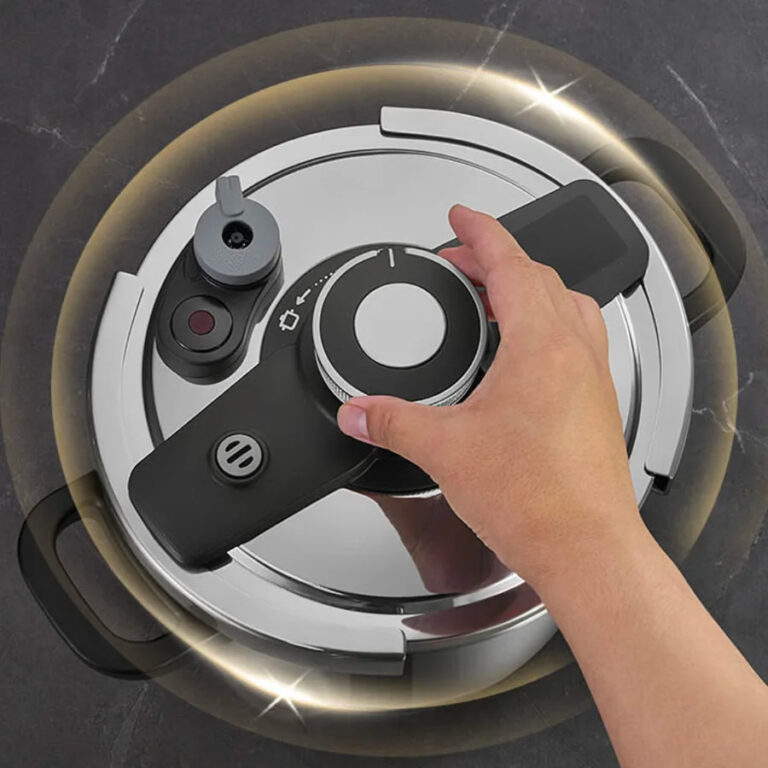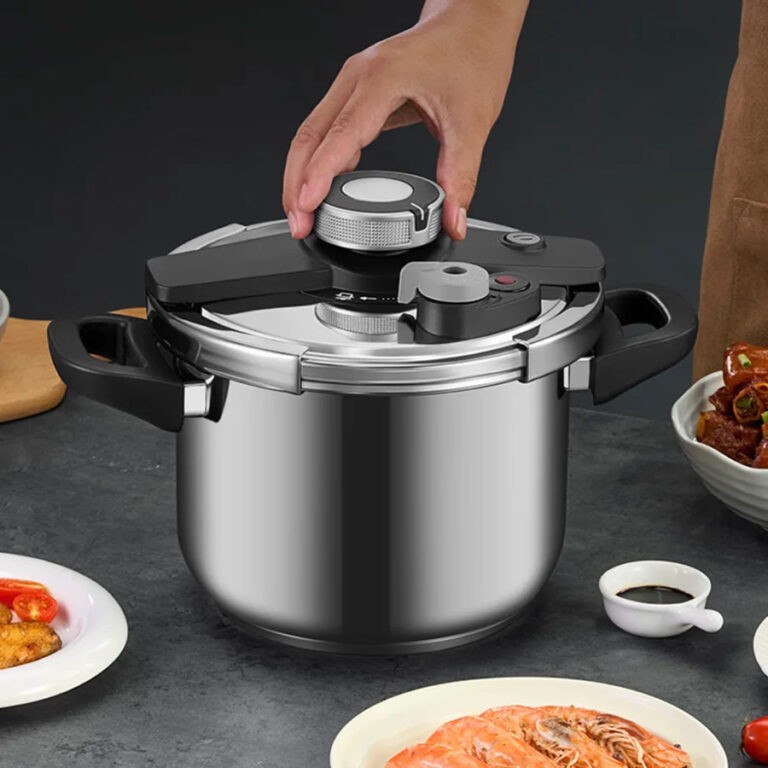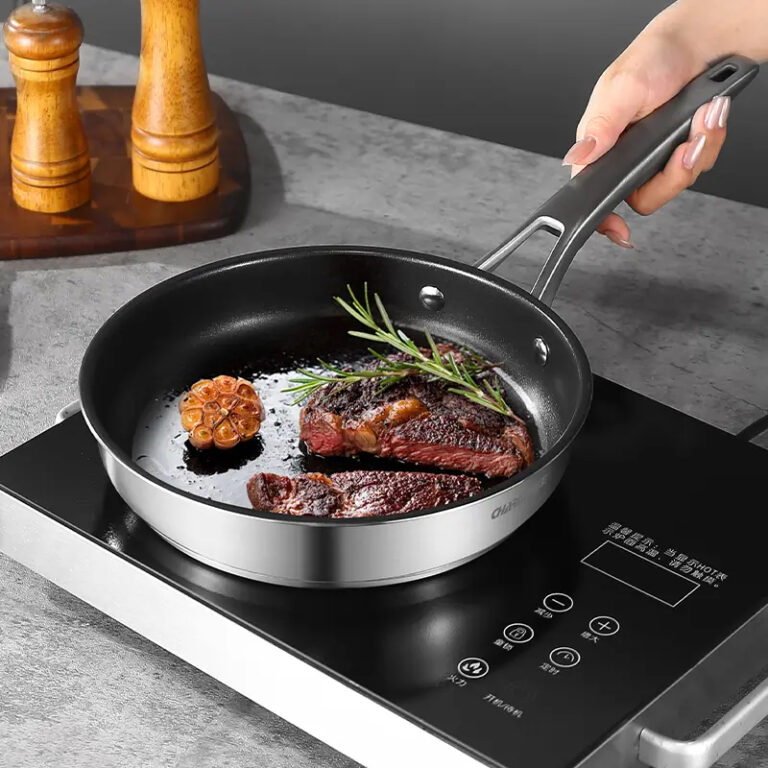In the catering service industry, bulk purchasing is not merely for saving money, but to ensure long-term reliability, consistency, and customer satisfaction. However, buffet trays are often overlooked, whether you are an efficient catering worker in schools, hospitals, corporate cafeterias, or large catering enterprises. Choosing the right pallets in terms of wholesale scale will directly affect hygiene standards, operating costs, and even brand reputation.
In this article, we will guide you through everything you need to know in 2025: types of buffet trays, key purchasing factors, supplier comparisons, market trends, and practical tips. We believe that after reading it, it will be of substantial help to your bulk purchasing.
Table of Contents
Toggle1. What are Cafeteria Trays? Why Choose It?
The trays in a cafeteria may seem like a simple product, but in large-scale food service operations, they are one of the most important tools. Whether in schools, hospitals, enterprise cafeterias, or large manufacturing plants, pallets can ensure smooth, hygienic, and efficient service.
So, do you know why organizations continue to invest heavily in trays for cafeterias? The answer is practicality. Each pallet must withstand constant handling, exposure to heat, frequent cleaning, and occasional rough use. Choosing the right tray can reduce long-term replacement costs and enhance the dining experience.
Here is a case study: A university in Southeast Asia recently upgraded its plastic pallets to stainless steel ones. Within one year, the maintenance cost dropped by 30% as the pallets no longer cracked or bent at high temperatures. This case demonstrates how a small change in a purchasing decision can lead to significant savings in a high-volume setup.
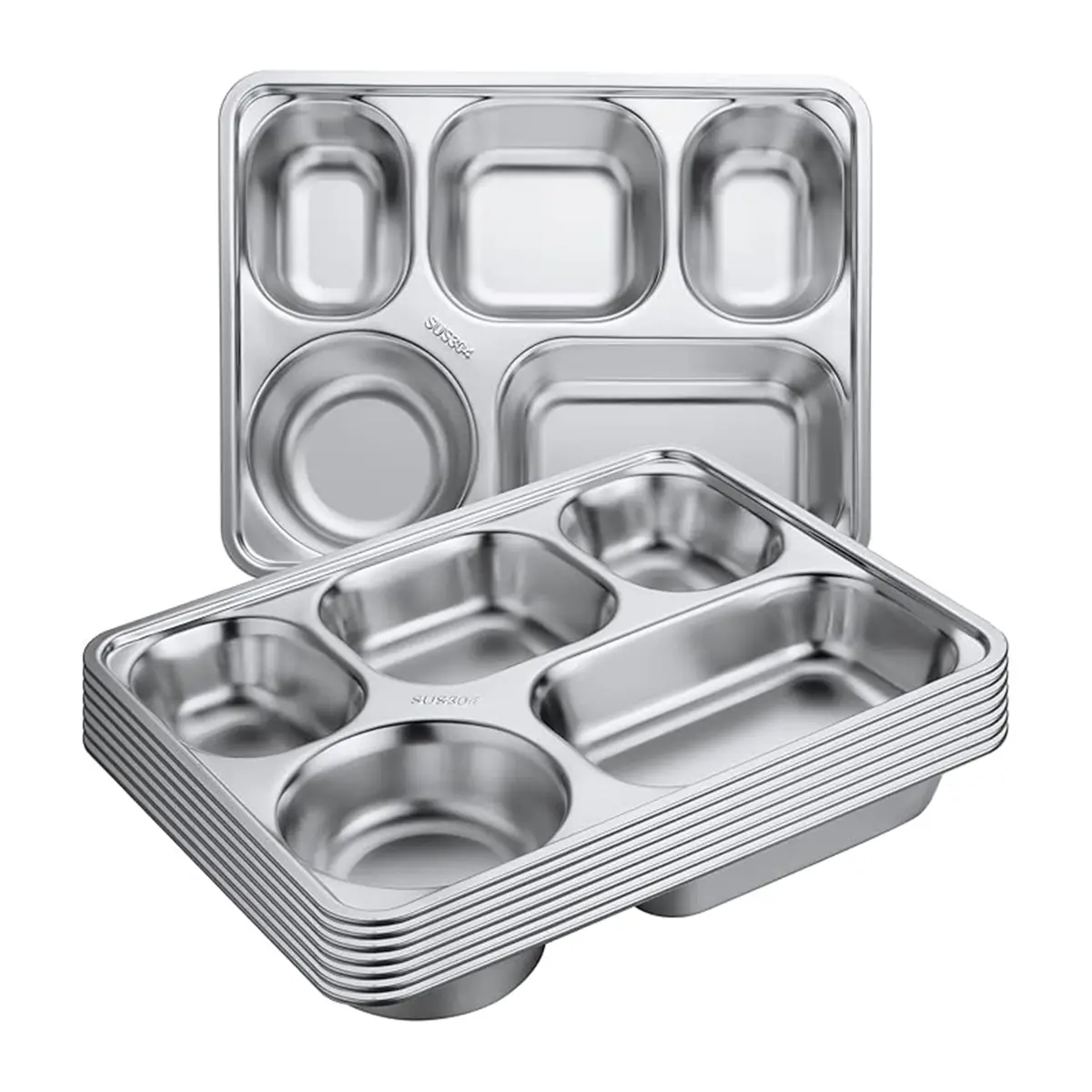
2. Types of Cafeteria Trays Available
| Tray Type | Key Features | Advantages | Best For |
|---|---|---|---|
| Stainless Steel | Durable, heat-resistant, easy to clean | Long lifespan, excellent hygiene | Hospitals, catering services |
| Plastic | Lightweight, affordable, colorful | Low cost, many design options | Schools, casual dining |
| Fiberglass | Strong yet lightweight | Scratch-resistant, durable | Corporate cafeterias |
| Compartment | Built-in sections for portion control | Organized, prevents mixing | Schools, institutions |
| Eco-Friendly | Biodegradable or recycled materials | Sustainable, brand value boost | ESG-driven organizations |
3. Key Factors to Consider Before Wholesale Buying
When you are evaluating the trays in a cafeteria, unit cost is only part of the decision. Here are some considerations for wholesale, efficiency, and end-user satisfaction. The following are the main factors that need to be evaluated
-
Durability: Will the trays last through thousands of washing cycles?
-
Material Safety: Do they meet food safety certifications in your region?
-
Design and Comfort: Are they easy to carry, stack, and store?
-
Customization: Can you add your brand’s logo or colors for identity?
-
Supply Stability: Can the supplier handle large repeat orders on time?
-
Cost Efficiency: Consider not just unit price, but lifecycle cost.
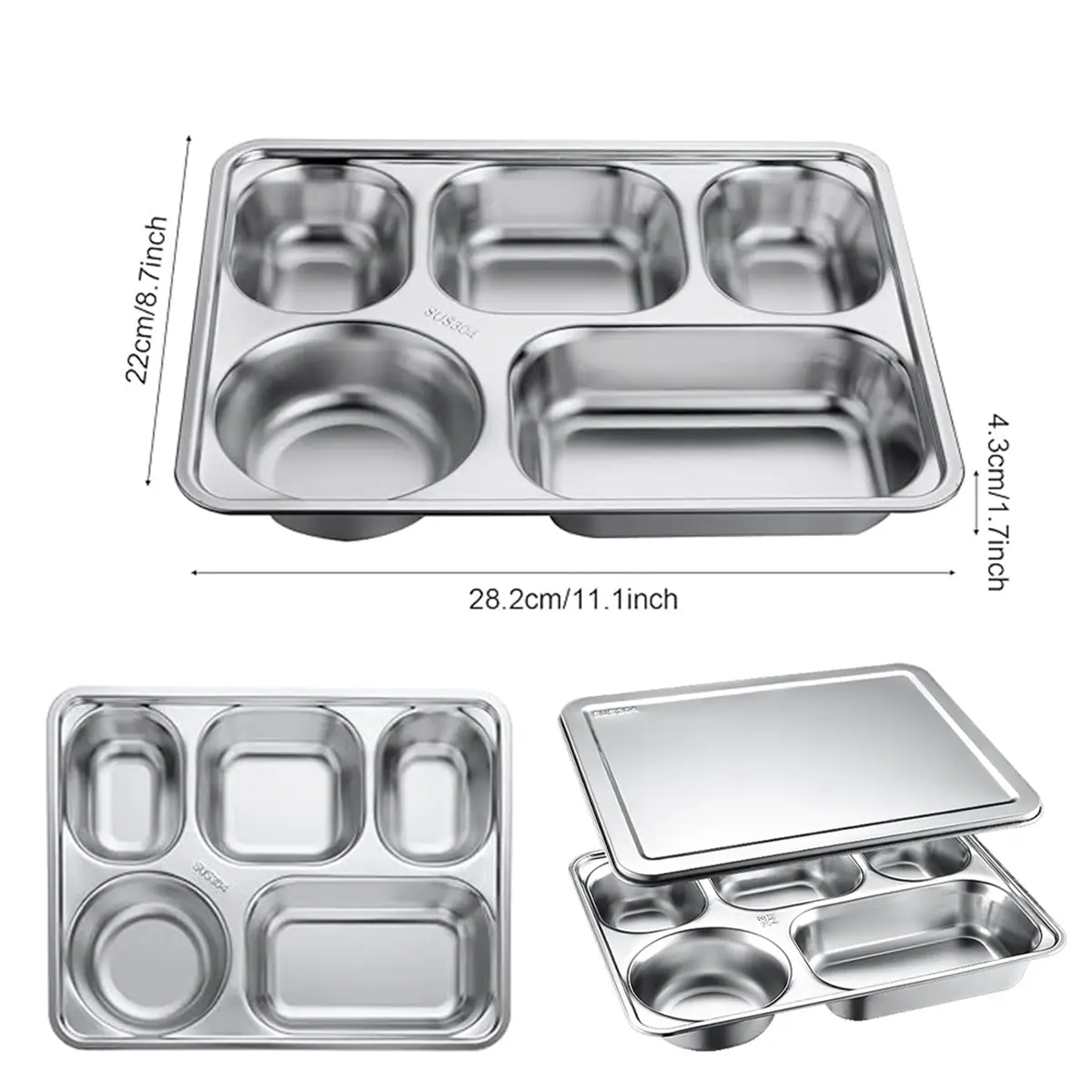
4. Where to Buy Cafeteria Trays Wholesale (Charms Cook)
Finding the right supplier is crucial. Many distributors exist, but few combine scale, reliability, and proven experience.
Charms, based in Caitang, China’s “Hometown of Stainless Steel,” has been producing premium kitchenware for nearly three decades. The company’s 40,000㎡ modern facility and 300+ production lines enable an annual output of 10,000 tons, ensuring both capacity and consistency.
What makes Charms stand out:
-
Advanced Technology: Korean high-frequency brazing and automated manufacturing.
-
Certified Quality: ISO 9001, ISO 14001, OHSAS 18001.
-
Innovation: 50+ patents and a strong R&D team.
-
Customization: OEM/ODM services trusted by global brands like SUPOR.
-
Efficient Logistics: Guangdong’s transportation advantages ensure faster delivery.
Here is a guide to ten of the best cookware manufacturers in China. You can click to read it!
5. How to Compare Wholesale Suppliers
Not every supplier offers the same value. Before committing, consider these comparison points:
-
Product Range – Can they offer both basic and advanced options?
-
Certifications – Do they meet food safety and international quality standards?
-
R&D Capabilities – Are they innovating to meet future market demands?
-
After-Sales Service – Is there reliable support for large orders?
-
Customer References – Have they worked with established brands?
One useful method is to request a sample batch test. For instance, ask for 100 trays of different models, distribute them across your dining halls, and track their performance for 3–6 months. This real-world trial can reveal whether the supplier’s claims hold true.
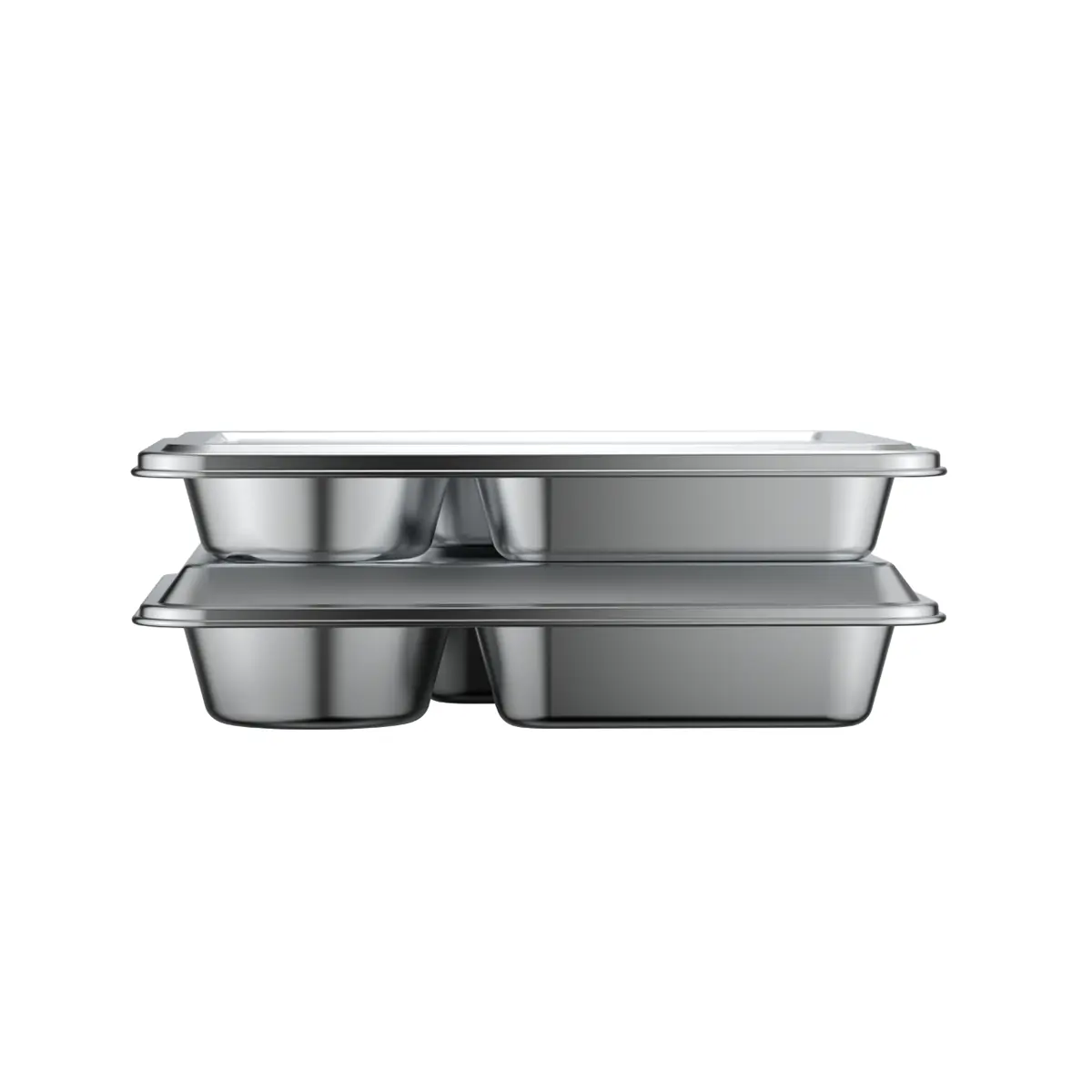
6. Trends in Cafeteria Trays for 2025
Like many other kitchen and dining products, cafeteria trays are evolving. In 2025, several trends are shaping purchasing decisions:
-
Sustainability as Standard: More companies are switching to stainless steel or recyclable trays to align with corporate ESG goals.
-
Smart Customization: Digital printing and laser engraving make it easier for trays to carry logos, QR codes, or tracking IDs.
-
Ergonomic Designs: Lightweight yet durable models that reduce strain for both diners and kitchen staff.
-
Global Standards: Buyers increasingly require compliance with EU and US safety standards, even when purchasing from Asia.
Conclusion
If you are engaged in the catering service industry, choosing the right buffet trays in bulk is not only a good option but also a strategic choice for operational efficiency, hygiene, and long-term cost management. As the article states, factors such as material durability, safety compliance, ergonomic design, and supplier reliability directly affect daily operations and the overall brand reputation.
Finally, choosing a suitable supplier is very helpful for your project. Charms Cook is a trusted supplier to work with, ensuring the availability of durable, innovative, and customizable trays that meet current and future operational needs. If you are interested, please contact us! Thank you for your reading.


